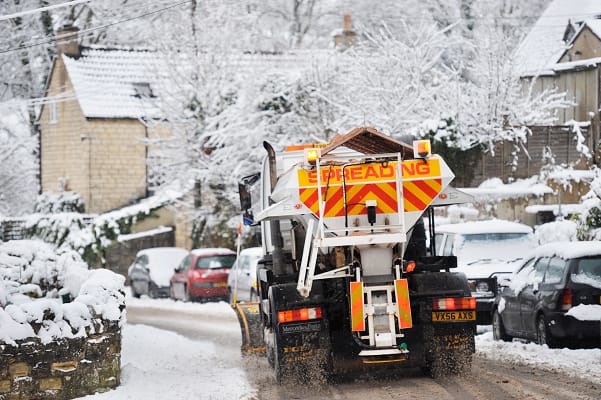Football
London is slowly turning into an unlivable nightmare

Congratulations to everyone who rents in London! Today you have reached a significant milestone: Cost of Rent Day. After working tirelessly for 197 days, renters in the capital finally earn for themselves rather than to pay their rent. While this is a day of relief, it is also a sobering reminder of the severe housing crisis plaguing this great city and our broader country.
For anyone who is wondering what this “Cost of Rent Day” actually is – allow me to explain. It’s the day on which English renters, on average, stop paying rent and start putting their earnings into their own pocket. And that’s before tax!
The English average Cost of Rent Day was over two months ago – but London’s has only fallen today, meaning that higher salaries in the Capital aren’t compensating for the much higher rent prices. Those living in Kensington and Chelsea are waiting even longer, until September 25.
I hardly need to tell you that the root cause of these sky-high rent prices is a chronic lack of housing supply. Since the 1970s, the construction of new homes in England has consistently lagged behind population growth, resulting in demand vastly outstripping supply. The recent high net immigration figures have added further fuel to this fire.
Fundamentally the price of homes keeps rising because supply has been artificially restricted. Even if Labour manages to build 1.5 million homes over their first term in office it will simply not be enough. There is a growing backlog of over 4.3 million homes needed across the UK, so it would take around a decade of doubling Labour’s plans just to rebalance the market.
Some politicians, including the Mayor of London and the nationalists north of the border, are convinced that rent controls are the answer. However, history and economic realities indicate that such measures are doomed to backfire. As economist Assar Lindbeck concluded in his analysis of their impact in Sweden, “rent control appears to be the most efficient technique presently known to destroy a city – except for bombing.”
Capping prices discourages investment in rental properties, leading to a deterioration in property quality and fewer available rentals. Landlords facing reduced profitability may even exit the market, tightening supply and worsening the root causes of the crisis.
While there are some bad apples, landlords actually play a crucial role in the housing market. They invest in properties, maintain them, take on financial risk, and provide homes for those who can’t or don’t want to buy. Demonising landlords or imposing stringent controls undermines their willingness and ability to provide quality rental housing, which ultimately harms renters.
To fix the crisis, we need to build more homes: this is the only effective and sustainable solution. But as our recent “history of bad planning” review – which analysed every attempt to review the planning system since the much maligned Town and Country Planning Act – showed, this won’t be possible without ensuring that existing local residents benefit from any new homes in their area.
Fortunately, we’ve already got plenty of solutions for this with this in mind. This includes community land auctions, street votes, or using compulsory purchase orders to buy and build on green belt land, as well as giving residents and local government shares in the land which increase in value once development has occurred.
Cost of Rent Day helps translate the severity of this crisis into simple terms that everyone can understand. Now, action needs to be taken to build the homes we need, whilst avoiding counterproductive measures like rent controls.
This day in particular serves as a catalyst for renewed vigour in making housing more affordable for all Londoners, so that next year the capital can celebrate Cost of Rent Day a little earlier.










